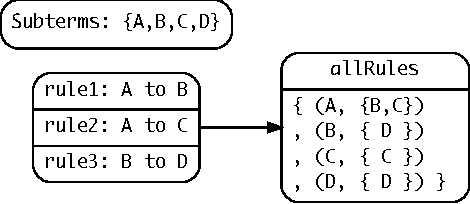Ozgur Akgun
Breaking the Symmetries of Indistinguishable Objects
Mar 21, 2025Abstract:Indistinguishable objects often occur when modelling problems in constraint programming, as well as in other related paradigms. They occur when objects can be viewed as being drawn from a set of unlabelled objects, and the only operation allowed on them is equality testing. For example, the golfers in the social golfer problem are indistinguishable. If we do label the golfers, then any relabelling of the golfers in one solution gives another valid solution. Therefore, we can regard the symmetric group of size $n$ as acting on a set of $n$ indistinguishable objects. In this paper, we show how we can break the symmetries resulting from indistinguishable objects. We show how symmetries on indistinguishable objects can be defined properly in complex types, for example in a matrix indexed by indistinguishable objects. We then show how the resulting symmetries can be broken correctly. In Essence, a high-level modelling language, indistinguishable objects are encapsulated in "unnamed types". We provide an implementation of complete symmetry breaking for unnamed types in Essence.
Conjure Revisited: Towards Automated Constraint Modelling
Sep 08, 2011

Abstract:Automating the constraint modelling process is one of the key challenges facing the constraints field, and one of the principal obstacles preventing widespread adoption of constraint solving. This paper focuses on the refinement-based approach to automated modelling, where a user specifies a problem in an abstract constraint specification language and it is then automatically refined into a constraint model. In particular, we revisit the Conjure system that first appeared in prototype form in 2005 and present a new implementation with a much greater coverage of the specification language Essence.
 Add to Chrome
Add to Chrome Add to Firefox
Add to Firefox Add to Edge
Add to Edge